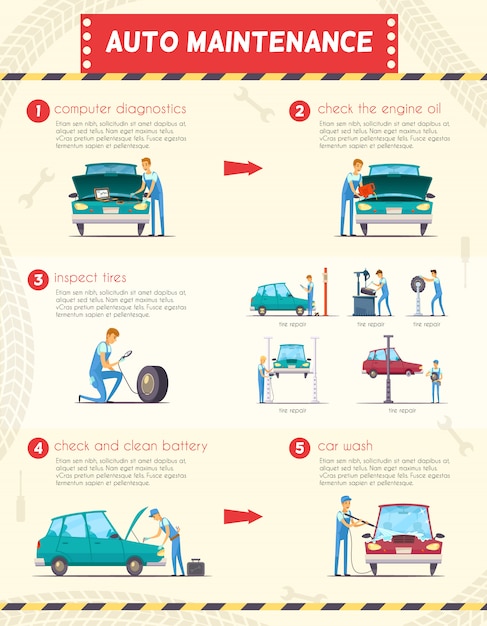Fascinated In Recognizing The Caution Lights On Your Car'S Control Panel? Discover Their Significance For Your Vehicle'S Safety And Overall Condition
Fascinated In Recognizing The Caution Lights On Your Car'S Control Panel? Discover Their Significance For Your Vehicle'S Safety And Overall Condition
Blog Article
Content Develop By-Samuelsen Forbes
When you're behind the wheel, those radiant caution lights on your dashboard can be a bit complicated. Do you understand what they're attempting to tell you concerning your cars and truck's health and wellness? Recognizing the relevance of these lights is important for your safety and security and the longevity of your car. So, the next time one of those lights pops up, would not you intend to decode its message accurately and take the needed actions to address it?
Common Warning Lighting and Interpretations
Identify usual warning lights in your car and comprehend their meanings to make sure safe driving.
The most common warning lights consist of the check engine light, which signifies problems with the engine or discharges system. If this light comes on, it's important to have your automobile examined immediately.
The oil pressure warning light indicates low oil pressure, requiring immediate focus to avoid engine damages.
A flashing battery light may recommend a defective billing system, possibly leaving you stranded otherwise resolved.
The tire stress tracking system (TPMS) light informs you to low tire pressure, affecting car stability and fuel performance. Disregarding this can lead to risky driving problems.
The abdominal light shows a problem with the anti-lock braking system, compromising your ability to stop rapidly in emergencies.
Lastly, the coolant temperature level alerting light warns of engine overheating, which can cause serious damages otherwise resolved swiftly.
Comprehending these usual caution lights will certainly help you address problems immediately and preserve secure driving problems.
Relevance of Prompt Attention
Understanding the typical warning lights in your vehicle is just the initial step; the significance of promptly addressing these cautions can not be emphasized sufficient to guarantee your safety and security when driving.
When a warning light brightens on your control panel, it's your auto's way of communicating a possible concern that needs focus. Neglecting these cautions can lead to more severe problems down the road, endangering your safety and security and possibly costing you a lot more in repairs.
Trigger attention to cautioning lights can prevent failures and accidents. For carcleaningnearme , a flashing check engine light can show a misfire that, if left unattended, could create damage to the catalytic converter. Resolving https://zanderbsiyp.aboutyoublog.com/31383161/prepare-to-elevate-your-auto-s-look-in-less-than-an-hour-with-user-friendly-ideas-that-will-leave-you-amazed-your-rapid-car-detailing-option-is-just-nearby can conserve you from an expensive fixing.
In a similar way, a brake system alerting light might signify reduced brake liquid or worn brake pads, important parts for your safety when driving.
Do It Yourself Troubleshooting Tips
If you notice a caution light on your control panel, there are a couple of DIY troubleshooting suggestions you can try prior to seeking specialist aid.
The initial step is to consult your vehicle's handbook to understand what the specific caution light indicates. In some cases the concern can be as straightforward as a loosened gas cap setting off the check engine light. Tightening the gas cap may resolve the issue.
One more typical problem is a low battery, which can trigger different alerting lights. Checking the battery connections for corrosion and ensuring they're safe might deal with the problem.
If a warning light lingers, you can try resetting it by disconnecting the vehicle's battery for a few minutes and afterwards reconnecting it. Furthermore, examining your vehicle's fluid levels, such as oil, coolant, and brake liquid, can aid troubleshoot warning lights related to these systems.
Final thought
Finally, recognizing your cars and truck's warning lights is essential for maintaining your lorry running efficiently and securely. By promptly dealing with these notifies and recognizing what they mean, you can stay clear of expensive repair work and prospective breakdowns.
Keep in mind to consult your cars and truck's manual for particular details on each warning light and act appropriately to make certain a hassle-free driving experience.
Remain notified, remain secure when traveling!
